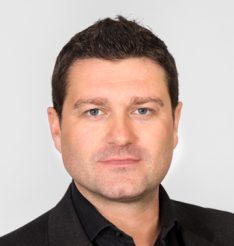Guardian Australia MD points to brand partnerships and events as path to profitability
The managing director of the Guardian Australia says it has exceeded revenues by 300 per cent in it first year, but conceded the road to profitability for the offshoot of the UK newspaper does not lie in display advertising.
Ian McClelland told Mumbrella whilst the site is performing above expectations in revenue terms, the publisher is looking to establish a brand partnerships team and run more “masterclass” events, leveraging the “economies of scale” from one of the UK’s leading news providers to turn a profit.
The strategy is similar to that being pursued by Fairfax Media as it looks to transition its business into a digital age by expanding its events offerings whilst growing its content marketing arm considerably.



Typical of the digital “business model” discussion. Lots of talk of exceeding targets. Lots of big traffic numbers. Ridiculius talk of costs other people pay for. No mention of whether it’s a business or a charity.
Let’s note that Kath Viner says it’s losing money. Let’s note that The Guardian parent is losing lots of money. Let’s note they have sold their last remaining profitable asset and are now eroding the piggy bank.
Let’s also note that they’re the third largest newspaper website in the world after The Daily Mail and New York Times.
So Ian’s in the lucky position of say, paying someone for an article about muffins or, phone hacking, and then being able to monetise that article better than anyone smaller.
Also, so what about the trust? Does family or corporate ownership make a better / less influenced source of news? Clearly not.
Big audiences don’t count for much unless you can monetize them. yes, mail online is the biggest news site in the world in terms of audience numbers but is way down the charts when it comes to revenue. It’s revenue – relative to the size of that massive audience – is actually pretty lousy
Graeme Wood (WOTIF) has underwritten The Guardian in Australia for it’s first 5 years. http://www.brw.com.au/p/entrep.....JuDDBTraMK
It is great to have some balance in Australia v the Murdoch drivel. I am not a lefty, before I get labelled as being “loony left” by a tea party activist. 😉